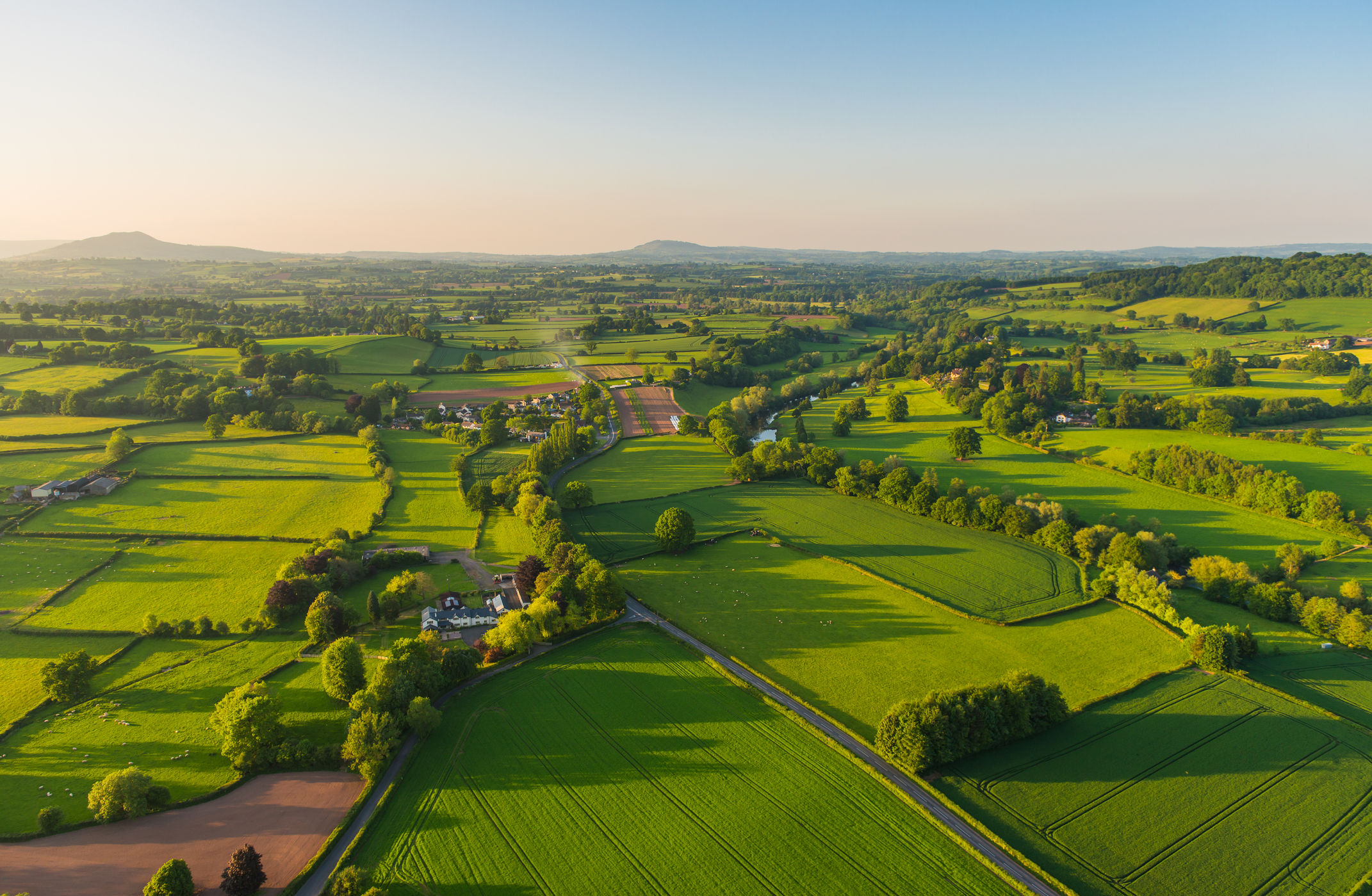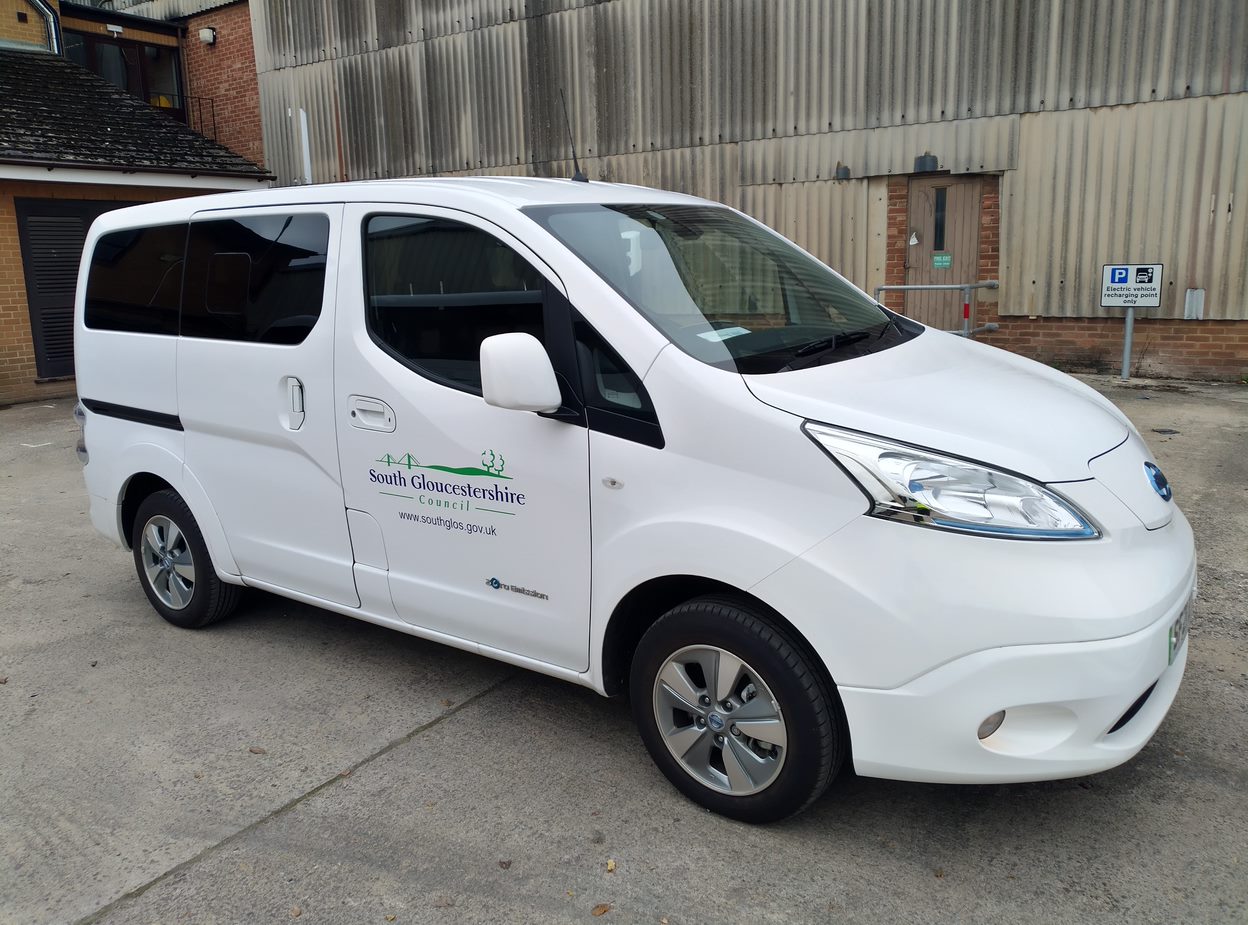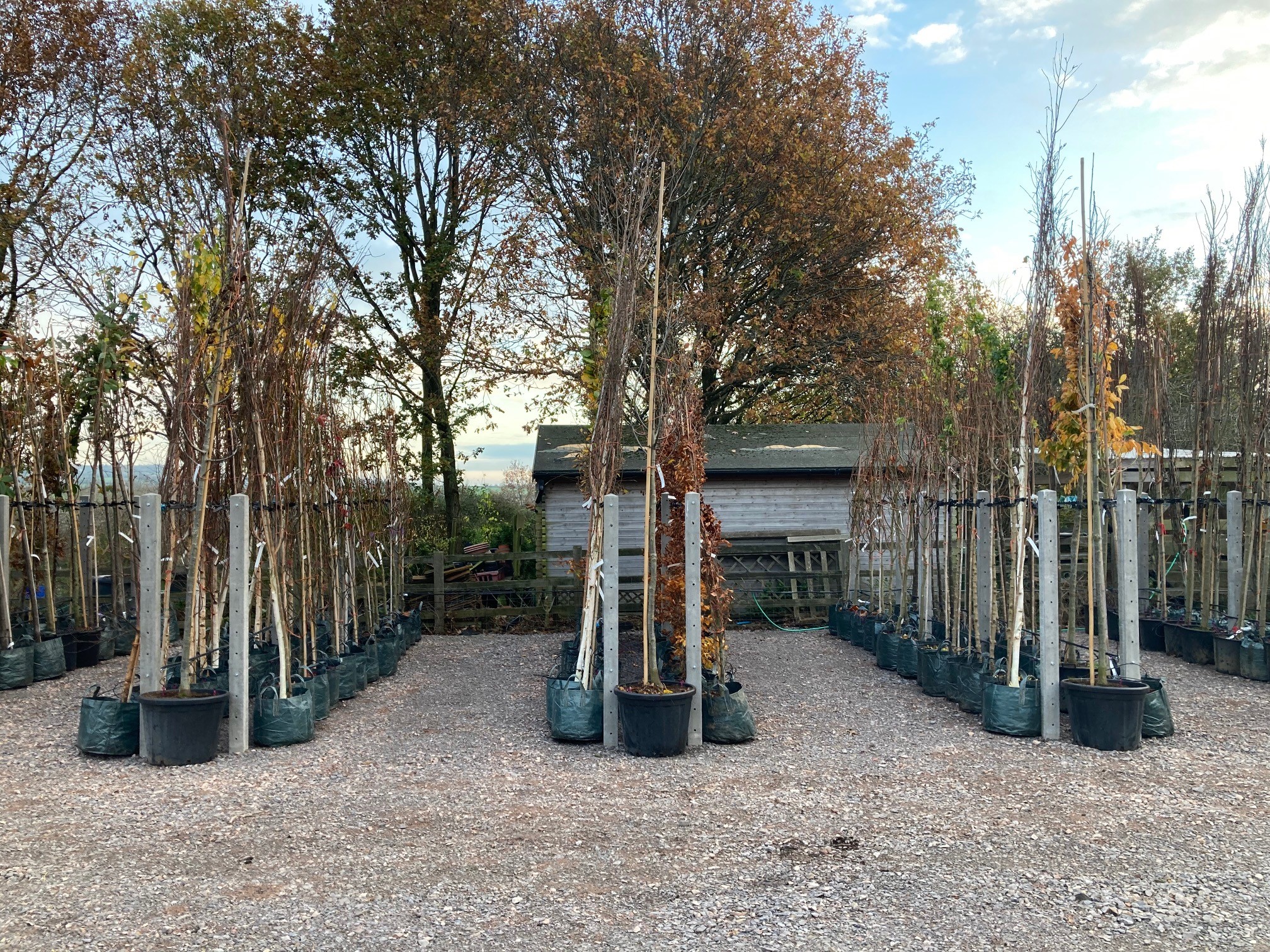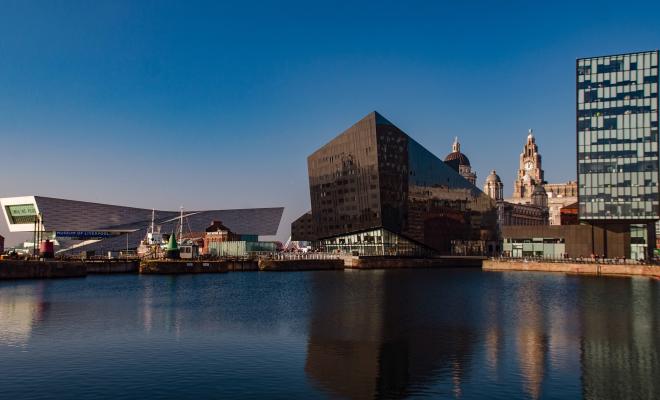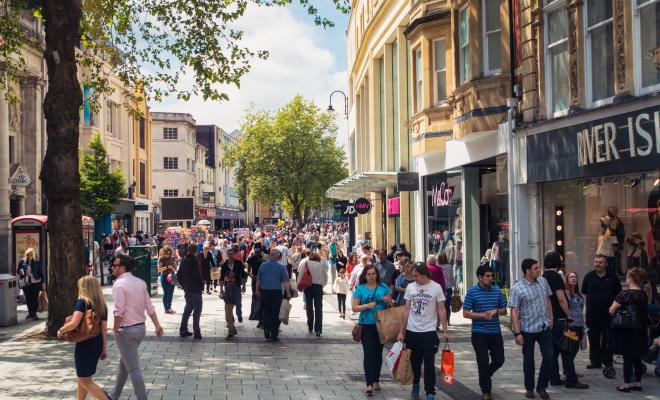15 Aug 2023
How is Action 9 tackling the climate crisis?
A Community Infrastructure Levy (CIL) is a planning charge enforced by councils on some new housing or home expansions that raises money for infrastructure development, funding improvements such as new schools, public transport and parks.
South Gloucestershire Council is using its CIL to fund the authority’s climate emergency infrastructure budget. The decision to use the CIL for climate funding was approved in February 2020 and will amount to £1.5 million a year until at least 2024. This amount will be split equally across 3 focus areas: green schools, green transport and green communities. Money raised will be topped up from the UK government’s New Homes Bonus.
What impact has the project had?
CIL funding has already impacted all 3 of South Gloucestershire’s focus areas.
Green schools
CIL funds have been match-funded against the Public Sector Decarbonisation Scheme to modify school buildings. Money has also been brought in from lighting specialist Calex to install LED lightbulbs.
Green transport
The council has used funds to encourage the use of electric vehicles.
- Based on research carried out by the council, charging points have been installed for the benefit of residents in areas that are unlikely to be served by commercial operators. This is essential to prevent unequal charging point distribution across the district, which is a mix of rural and urban areas.
- The council has sought to tie in its electric vehicle roll-out with provisions for vulnerable residents. It's purchased electric vehicles to replace vehicles supporting residents with special educational needs. A charging point has also been installed in a care home.
Green communities
Funding has supported nature and biodiversity enhancement. Projects include:
- Installing bat boxes and swift boxes.
- Tree planting, with more than 700 trees to be planted in winter 2021/2022.
- Establishment of a new council-owned and managed tree nursery.
- Supporting the River Frome Reconnected partnership project to manage flood risk and improve access to the river.
- Restoring orchards.
South Gloucestershire Council also owns a super-fast fibre network called "umbrella," which runs between business parks in the region. The network was originally established in partnership with the West of England Local Enterprise Partnership and Toshiba-BRILL (the not-for-profit arm of Toshiba). Now the council, Toshiba and the University of West England are collaborating on an experimental design project for an indoor air quality monitoring system in care homes, part-funded by the CIL.
The council is developing a set of sensors that'll tap into the umbrella network to allow real-time monitoring of temperature, CO2 and particulates. These sensors will enable the council to assess indoor air quality in each care home room. By identifying the potential need for improved ventilation, cooling, heating, insulation or shading, the council hopes this system will help care homes adapt their buildings to be resilient to the impacts of climate change, for instance periods of extreme heat. The council is ensuring that the most vulnerable are protected.
What made this work?
CILs are a simple way of setting aside money for climate action. The mechanism is already available to all councils; South Gloucestershire simply decided to use it for green purposes. The levy is also a relatively fair and equitable way to raise funds, because it takes a small contribution from every developer, spreading the cost more widely. Though the amount raised fluctuates, CILs provide a defined source of funding for the climate agenda.
CILs also provide greater freedom and flexibility for spending than money raised through more tightly constrained Section 106 agreements (an alternative way to raise money from development that needs to be more closely linked to the development). Although CILs do have restrictions (regulations require authorities to set out the specific areas where spending will be allocated), this can be useful when organising and targeting spending within the broader climate emergency budget.
South Gloucestershire is a wealthy region compared with the rest of the UK, and the council is reasonably stable financially. The number of homes in the region has been growing fast, which means the levy income is above the figures anticipated in the council’s medium-term financial plan. The levy surplus was a convenient and feasible option for financing the climate emergency infrastructure budget compared with other, stretched council funding sources. Though the amount raised will differ for each, all planning authorities can charge and use CIL receipts to fund infrastructure related to Climate Action Plans.
The council recognises the need to act for the long-term health, economic and social benefits to the area, as well as to the council’s own finances. South Gloucestershire declared a climate emergency in 2019 and pledged to become carbon neutral by 2030. The council’s approach acknowledges the need to prepare for the local impacts of a changing climate. The region already faces significant flood risk and other climate impacts. So, the council is motivated to take urgent action.
What resources were needed?
Using the levy to fund the climate agenda has required co-operation between the council’s 4-person climate emergency team and its finance team. The climate emergency team’s revenue costs are financed through historic New Homes Bonus receipts.
Lessons from South Gloucestershire
Understanding how the CIL defines revenue and capital spending
South Gloucestershire Council found that there was a potential conflict between the approaches embedded in the CIL regulations and those normally used by its finance team. For example, local government finance often treats green spending on projects like tree planting as a revenue cost, not a capital cost. This is because capital spending has to show the long-term financial uplift in the value of the asset (in this case the trees), but non-monetary enhancements such as social values are more difficult to account for. However, CIL regulations do allow for funds to be spent on green infrastructure as a revenue cost.
Resolving the differing definitions of revenue and capital spending between the levy regulations and local government finance system is a challenge that other authorities will encounter. Detailed knowledge of the levy regulations to refer to as evidence is crucial to overcoming any misunderstandings.
Recognising co-benefits
Raising awareness among finance officers on the co-benefits of climate and nature work could also help overcome resistance to using this funding for green infrastructure. Changing officers’ perceptions can convince them that taking action on the climate emergency can also deliver on other core council objectives, as opposed to seeing it as a wholly separate enterprise, easing co-operation between different council teams.
Councils may be underestimating potential income from CIL
The income from CILs is variable, but due to pressure from the UK government to speed up the delivery of new housing, most councils are likely to be under-forecasting their levy receipts. Across the country, there's a general underestimating of the rapid rate of new development and its impact on CIL income. Subject to other infrastructure pressures not escalating in similar proportions, councils that are under-forecasting, especially those where significant recent developments have taken place, can seize this opportunity to fund climate emergency responses without negatively affecting their medium-term financial plan.
An opportunity to link with parish and town councils
Parish and town councils also receive 15% or 25% of CIL income from their areas if they've adopted a neighbourhood development plan. In those local authority areas where a large proportion of the levy is channelled through parishes and towns, there's an opening for dialogue. Parishes and town councils are landholders and property owners in their own right and tend to be very close to local communities. These bodies can be effective allies, working closely with councils to achieve shared climate emergency goals.
Barry Wyatt, Climate Emergency Manager at South Gloucestershire Council’s Climate Emergency Team.
Proposed replacement of the CIL with the new Infrastructure Levy
Under the Levelling Up and Regeneration Bill, which is expected to become law in autumn 2023, there’s a proposal to replace the CIL with a new Infrastructure Levy (IL). The consultation on this closed in May 2023. South Gloucestershire Council feels it’s too early to consider the impacts of a transition to the proposed IL, but it aims to minimise the risk of having to reduce the ambition of its Action Plan by developing other funding mechanisms. Uncertainty remains around the new IL, including concerns that it'll be more burdensome on councils and harder, not easier, for them to deliver affordable housing and other key infrastructure. The Local Government Association has called on the government to not introduce the IL.
The council is developing models for alternative funding, largely for green/blue infrastructure, based on work stemming from the Environment Agency’s “Natural Environment Investment Readiness Fund”. This fund provides grants of up to £100,000 to local authorities and other organisations to help them develop nature projects in England to a point where they can attract private investment. The council is also seeking funding for carbon insetting opportunities (reducing emissions within its own borough boundaries) that arise from both carbon emissions and biodiversity net gain associated with its own projects.
Useful information
To find out more, contact:
- Email Barry Wyatt, Project Manager, Climate Emergency
- Email Lucy Rees, Senior Environmental Policy and Climate Change Officer
UK government guidance on the CIL regulations can be found on the GOV.UK website.
Related projects
We've found some examples of other council activity on this topic.
- Milton Keynes Council uses a legal agreement to charge developers for CO2 emissions that exceed its standard for new homes.
Friends of the Earth's view
We know that a lack of staff, expertise and finances is hindering council action on climate. But South Gloucestershire Council has demonstrated that there are existing ways to raise funds locally, in this case via new housing developments.
Of course, councils should ensure that the housing they grant permission for is consistent with cutting carbon (Action 16 of the Climate Action Plan) and protecting nature (Action 48).
Something to look out for: the government is planning to replace existing planning levies, including the CIL, with a new Infrastructure Levy. If introduced, this must be designed to deliver low-carbon and green infrastructure, as well as ensure enough affordable housing. Meanwhile, South Gloucestershire is wise to be looking into alternative funding streams. Councils can also raise money via community climate bonds (Action 8).
Friends of the Earth is showcasing specific examples of good practice in tackling climate change, but that doesn’t mean we endorse everything that a council is doing.
This case study was produced by Ashden and Friends of the Earth. It was originally published in March 2022 and was last updated in August 2023.


